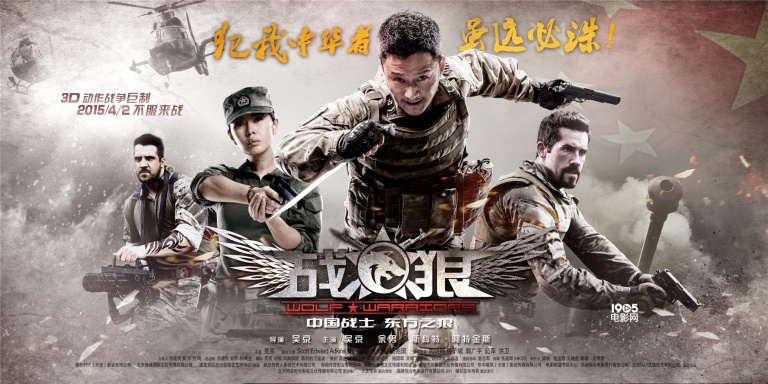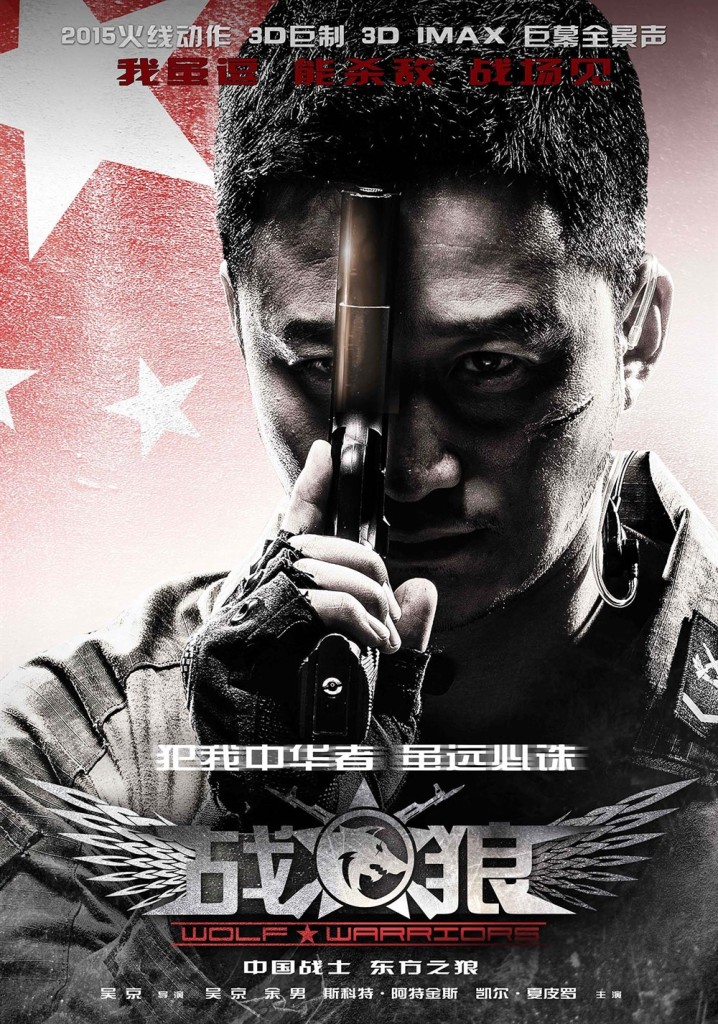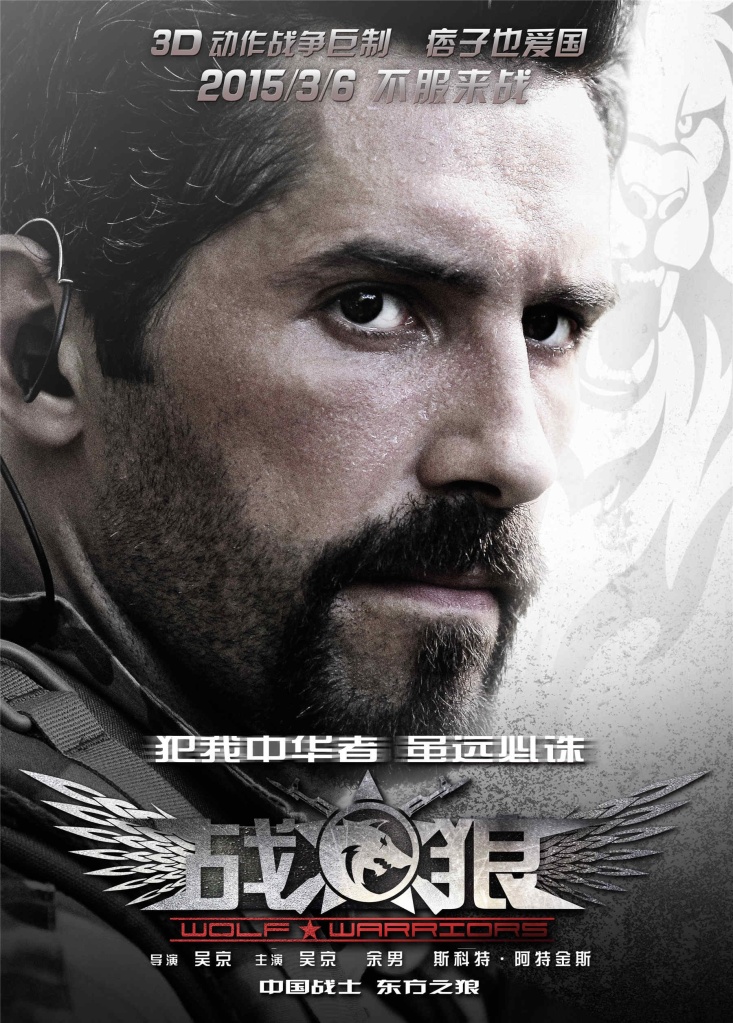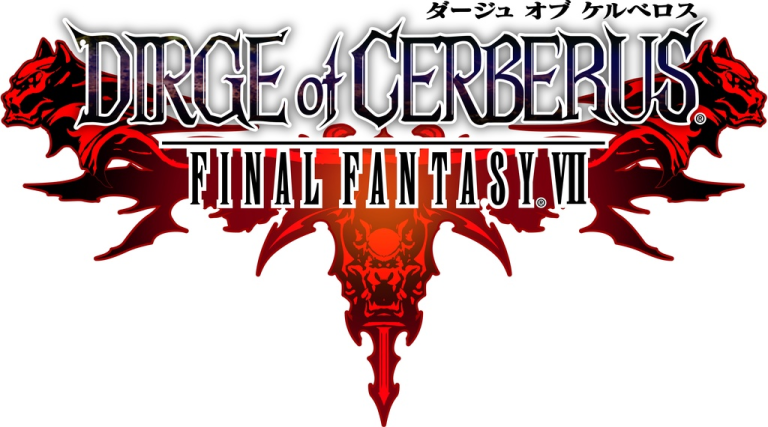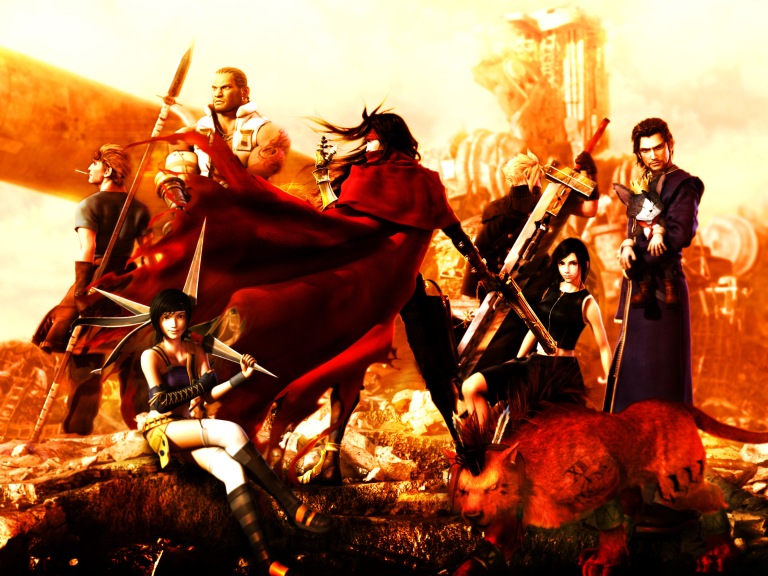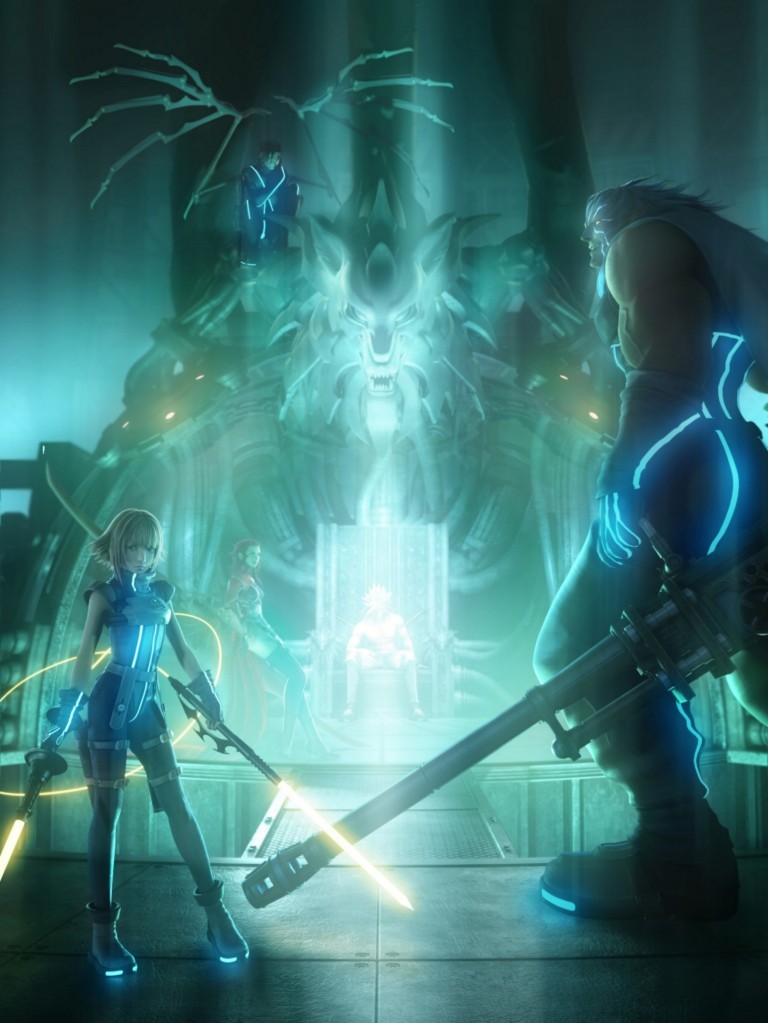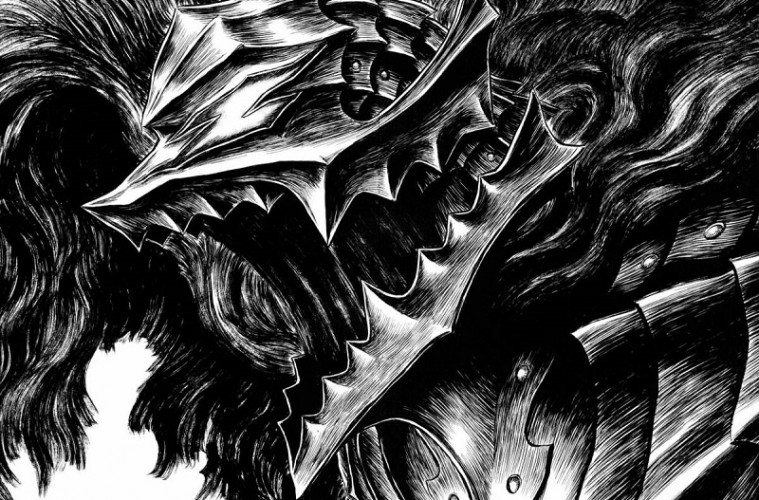The most 'MERICA Chinese movie ever made.
Directed by Wu Jing and released in theaters in April 2015, Wolf Warriors is a war/martial-arts film that takes place in modern China. Seargant Leng Feng (Wu Jing) is a marksman with the Chinese special forces. During an operation to take down a drug lord, Leng Feng disobeys an order to cease fire. While he saved the day, he endangered the lives of his comrades and is facing a possible court-martial. Colonel Long Xiaoyun recognizes Leng Feng gets results even if he doesn't play by the rules, so she recruits him to join the Wolf Warriors - the elite of the elite in the PLA. During this time, kingpin Ming Deng learns that his brother has been killed by Leng Feng and so he hires Tomcat (Scott Adkins) - a brutal mercenary with an appetite for destruction and a 100% success rate to help him seek revenge. Hunted by Tomcat, Leng Feng's first mission with the Wolf Warriors may be his last. I enjoyed "Wolf Warriors" for a number of reasons. Although the film is Chinese, it's something of a love letter to American action movies of the 1980s right down to the plot, action scenes, and characters. There's some particularly bad CG in this film which is contrasted with superb practical effects, big explosions, and spectacular action sequences. Ten minutes in and the movie probably has a higher body-count than most of the films you've seen in 2015.
Wu Jing
Another point in the film's favor is that it stars two of the world's best action stars Wu Jing (Invisible Target, Fatal Contact, SPL-2) and Scott Adkins (Undisputed 2, Undisputed 3, Expendables 2). Not only are both really badass martial artists, but they have acting chops to boot. Leng Feng is your typical 80's action hero - a loose canon who knows how to get things done and feels that bureaucracy gets in the way of taking down the bad guys. His higher-ups tend to paint him as untrustworthy, but he has the guts to do what no one else is willing to do in order to save the day. He's loyal to his country and his fellow soldiers, and he won't hesitate to sacrifice his life for the greater good if the situation calls for it.
Scott Adkins
Opposite of Leng Feng is Tomcat - a mercenary who fights only for money and who feels patriotism is a joke. In typical 80s action movie fashion, the villain is the complete antithesis of the hero and unlike in today's movie industry where film tries to humanize an evil foe and get us to empathize with him, Wolf Warriors does a superb job of portraying Tomcat as unquestionably evil. It's not the fact that he's a mercenary that makes him inherently so, but Tomcat by his own admission is willing to kill innocent people, start a war, and throw China into chaos just as long as he's getting paid. Not only are Wu Jing and Scott Adkins incredible martial artists, but they're great actors and they do a fantastic job playing off each other's character traits during their fight scenes.
The film has a large cast and there are a lot of great characters. It has shades of Predator (1987) in that there are a number of characters you get attached to because of their personalities and dynamics and you really feel it when someone gets killed - especially if they die while sacrificing themselves for a comrade. The film's score really drives home the epic manliness of many of these scenes. Two of my favorite scenes are when Leng Feng carries a fallen comrade over his shoulders as he dodges a hail of gunfire and when Leng Feng faces down an entire guerrilla army and dares them to cross the Chinese border.
The film has its flaws. The first 30 minutes can be a bit confusing as there are a number of characters and plot points introduced back-to-back-to-back. The movie does a good job of ironing out those wrinkles, but I was scratching my head quite a bit early on. There is a CG fight that pits the Wolf Warriors against actual wolves and it's so bad it's good. If you're not into war movies the film might not be to your liking. For me the film had everything I was looking for: great 1980s-style action, two of the world's best throwing down in a fight to the death, and epic manliness that American movies have been missing for a long-time. Wolf Warriors is available now and makes an excellent gift for action movie fans.
